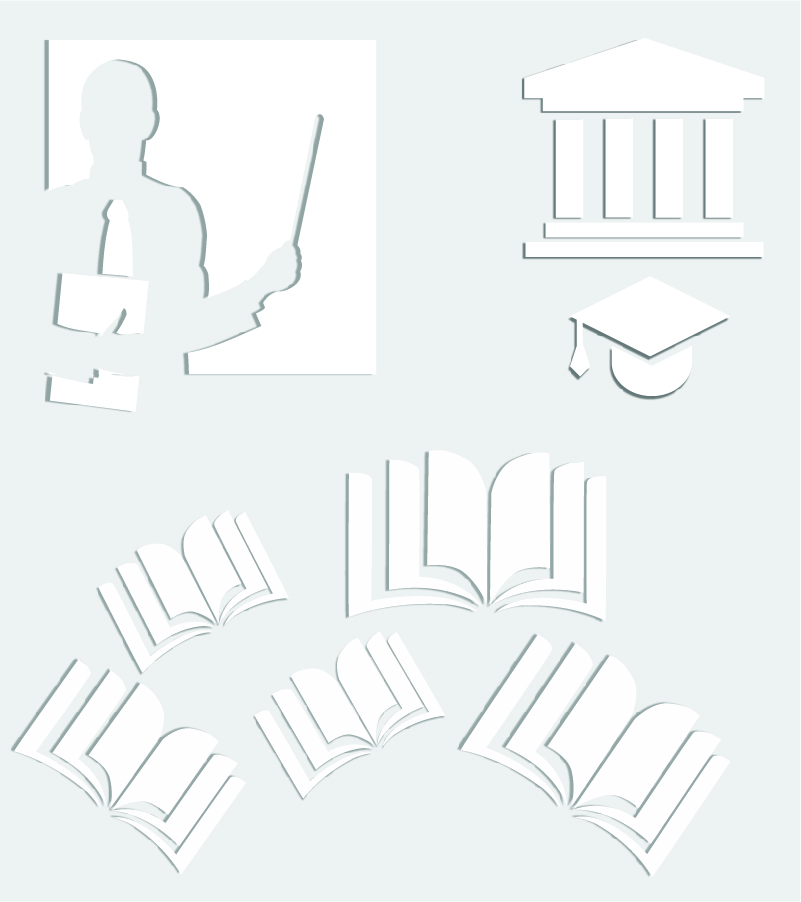Exchange programmes
About the Faculty
Studies
| Subject: Telecommunication electronics
(12 -
ETI36) Basic Information
Course specification
Course is active from 18.10.2012.. Precondition courses
To gain the basic knowledge in telecommunication electronics design. To get knowledge and ability to combine theory and simulation skills while designing telecommunication circuits. To become aware of the difference between the telecommunication electronics circuits realized as integrated circuit or as with discrete components. -to gain knowledge about the basic telecommunication electronics circuits performance parameters and problems -to acquire ability to recognize the basic transceiver topologies - to gain knowledge about simulation of the basic RF circuits (matching circuits, selective amplifers,LNA, mixers, oscillators,...). - to gain knowledge about various technique that can be used to improve perdormance of some telecommunication circuits (LNA; narrow bandwidth amplifier, wide bandwidth amplifier, mixer, oscillator,...) The history of radio communication. Electromagnetic sprectrum and allocation. Basic issues in RF circuits.Modulation/demodulation. RF transmitter and receiver (basics).Intereference and filtering. Nonlinearity issues.Noise issues.Sensitivity and dynamic range. Impedance transformation.Passive RLC circuits (Q, BW, ...). Maximum power transfer. Matching circuits ( L-match, pi-match, t-match, tapped capacitor resonator, tapped inductor resonator, double-tapped resonator ). Transceiver Architectures. Receiver topologies( Regenerative receiver, Super-heterodyne, Dual super-heterodyne, Direct-conversion, Low-IF ,Digital-IF,Impulse radio). Transmitter topologies (Direct conversion transmitter, Two-step transmitter, Direct modulation transmitter,Impulse radio transmitter). Passive devices and networks (Inductors, Transformers, Varactors,Signal Pads) Wiring (On-chip interconects, Off-chip wiring, Ground connections). BW estimation, HF broadband and NB amplifiers. Noise parameters, noise sources in MOSFET. Design of narrowband LNA (techniques and procedure) . Design of broad-band LNA (techniques). Mixers (Image Aliasing, Feedthrough effects, Noise (SSB vs. DSB NF), Noise folding,Nonlinearity). Single vs. Double-Balanced Mixer Implementation. Gilbert Mixer (advantages, noise, linearity, improvements ). Other mixer topologies (Square-Law Mixer, Passive Mixers). Oscillators (Colpitts, Hartley,..). Oscillator phase noise. System Integration Aspects (SoC, SiP,Substrate noise, Packages for RF, Pads for RF). Lectures; Exercises; EDA tools laboratory exercises; Consultations.
|
© 2013. Faculty of Technical Sciences. Trg Dositeja Obradovića 6, 21000 Novi Sad. Tel: +381 21 450 810
Translation: FTS English Team
Translation: FTS English Team





